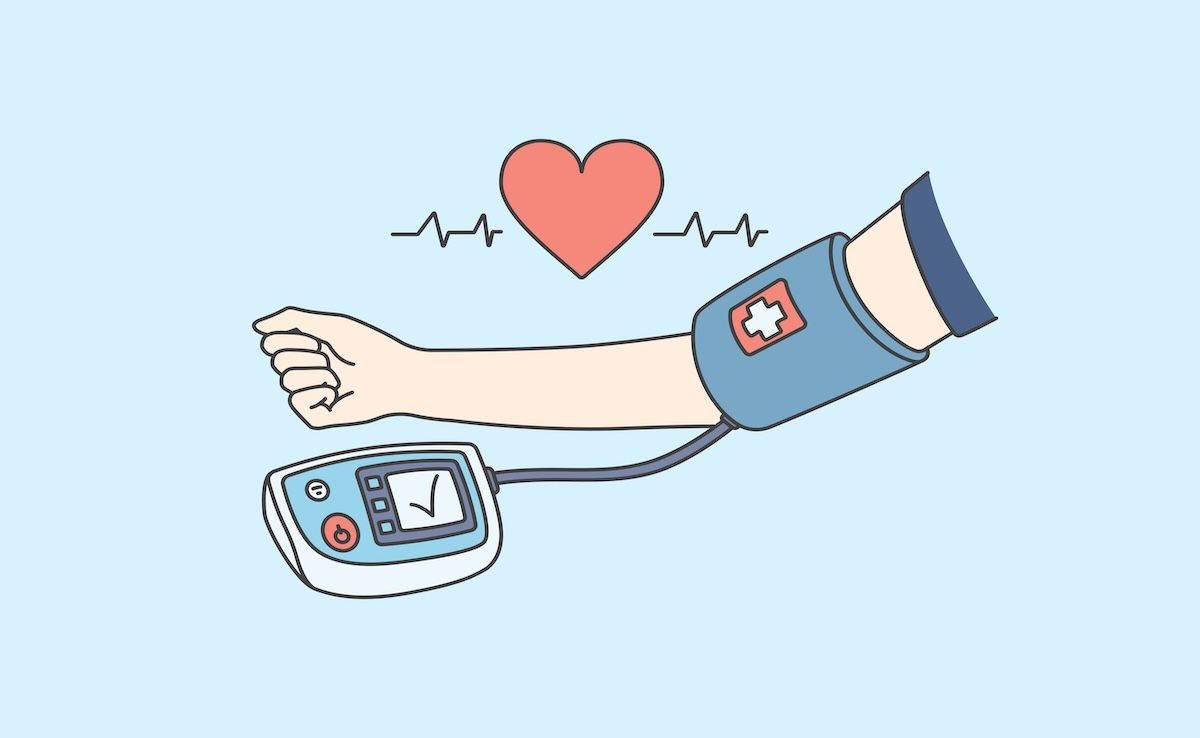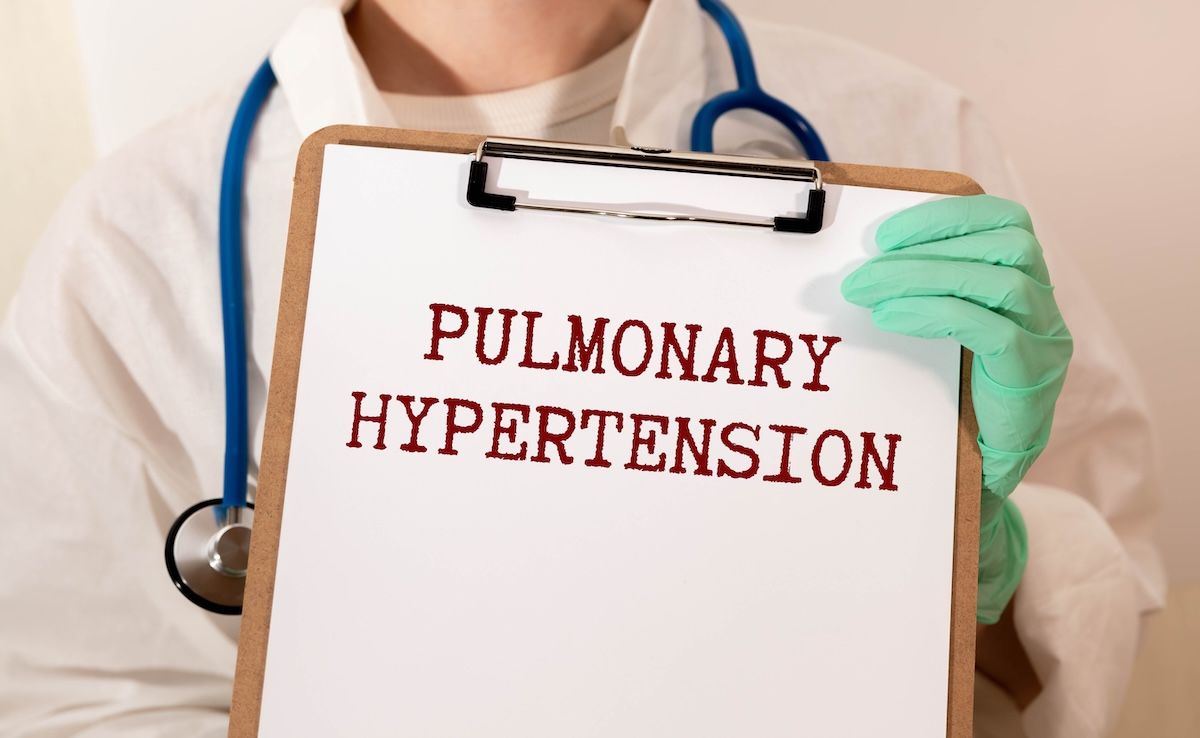Article
Review: More Research Needed Regarding Endothelial Dysfunction in PAH
Author(s):
Further investigation into the mechanisms of endothelial dysfunction and its role in the pathogenesis of pulmonary arterial hypertension (PAH) may lead to more targeted therapies against the disease.
A review summarizing the literature on epigenetic mechanisms like DNA methylation, histone modification, and non-coding RNAs in the context of the pathogenesis of pulmonary arterial hypertension (PAH) determined that more research in the field may lead to significant therapeutic advancement against the disease. Findings were published in the International Journal of Molecular Sciences.
Endothelial gene expression is regulated by epigenetic mechanisms such as DNA methylation, histone modifications, and non-coding RNAs, and evidence has shown that defects in these pathways can increase the expression of pro-inflammatory cytokines such as interleukin-6 (IL-6) and tumor necrosis factor- α (TNF-α), nuclear factor kappa B (NF-κB), type 1 interferons (IFN), and interferon regulatory factors (IRFs), including IRF1 and IRF3. A deeper understanding of these epigenetic mechanisms and their implications may help identify potential biomarkers and therapeutic targets for PAH.
Previous studies have demonstrated the significance of DNA methylation in endothelial cell (EC) function as well as endothelium-specific expression of endothelial NO synthase (eNOS) via VEGF signaling pathways. The eNOS enzyme plays a critical role in producing nitric oxide in the vascular endothelium, the production of which enhances vasodilation and maintains endothelial homeostasis. Research has also shown that DNA methylation of the eNOS proximal promoter negatively impacts functional activity and vascular tone and angiogenesis, and that DNA methylation activates or inhibits inflammatory pathways associated with PAH.
Post-translational modifications (PTM) of histones have been closely studied in vascular biology, the most notable modifications being methylation and acetylation. Both PTMs regulate inflammation as well as EC function. Some histone modifications, like H3K27me3 are linked to gene repression, and lead to altered endothelial gene expression. Research has shown that specific histone acetyltransferase enzymes, like histone acetyltransferase 7 (KAT7), modulates endothelial function by activating the transcription of vascular endothelial growth factors (VEGFs).
Although more research is needed on RNA-based mechanisms, non-coding RNAs have been shown to play a part in the regulation of post-transcriptional activities in ECs. IncRNAs such as antisense non-coding RNA in the INK4 locus (ANRIL) and non-coding RNA activated by DNA damage (NORAD) have been shown to cause endothelial dysfunction by impeding apoptosis and increasing proliferation.
Pathogen-associated molecular pattern (PAMPs) and damage-associated molecular patterns (DAMPs) are two types of ligands that are detected by host cells through a group of pattern recognition receptors (PRRs). Both PAMPs and DAMPs bind to highly conserved regions on PRRS to stimulate intracellular signaling, thus stimulating a signaling cascade responsible for upregulating the expression of type I IFNS, pro-inflammatory cytokines, chemokines, and other mediators that can promote endothelial dysfunction in the pulmonary circulation. The signaling cascade causes ECs to undergo apoptosis or pyro-apoptosis, and exhibit impaired barrier function, leading to decreased blood flow.
The binding of toll-like receptors (TLRs) to PAMPs and DAMPs and subsequent TLR stimulation causes EC activation, cell proliferation, inflammation, and ultimately PAH. The development of PAH can happen through several mechanisms brought on by TLR activation and inflammation, one involving the increased expression of endothelin-1 (ET-1), an endogenous vasoconstrictor released from the vascular smooth muscle of pulmonary arteries.
Endothelial dysfunction is brought on by proinflammatory mediators that act downstream of PRR signaling pathways, which specifically induce genes encoding cytokines, chemokines, IRF transcription factors, adhesion molecules, and regulators that recruit leukocytes to sites of damage and infection. Intracellular signaling cascades induced by PRRs are defined by several phosphorylation events like PTMs. Although proinflammatory response factors, like those that affect inflammation, coagulation, endothelial barrier permeability, and gas exchange between the blood and lung tissue, help protect against damage to the endothelium, these mechanisms lead to pathogenesis of PAH.
Although epigenetic modifications and inflammation are understood to contribute to the pathogenesis of PAH, the complete mechanisms of epigenetic regulation of endothelial dysfunction require further research. A deeper understanding of the mechanisms leading to endothelial dysfunction will lead to more targeted therapeutic methods for patients with PAH, review authors concluded.
Reference
Hudson J, Farkas L. Epigenetic regulation of endothelial dysfunction and inflammation in pulmonary arterial hypertension. Int. J. Mol. 2021; 22(22):12098. doi: 10.3390/ijms222212098





